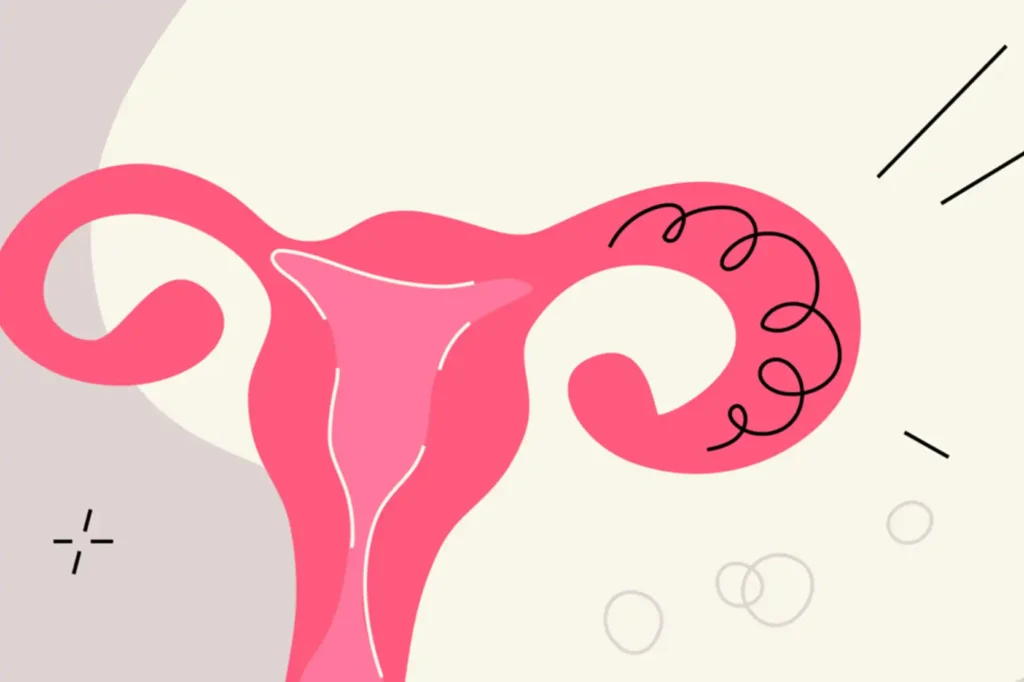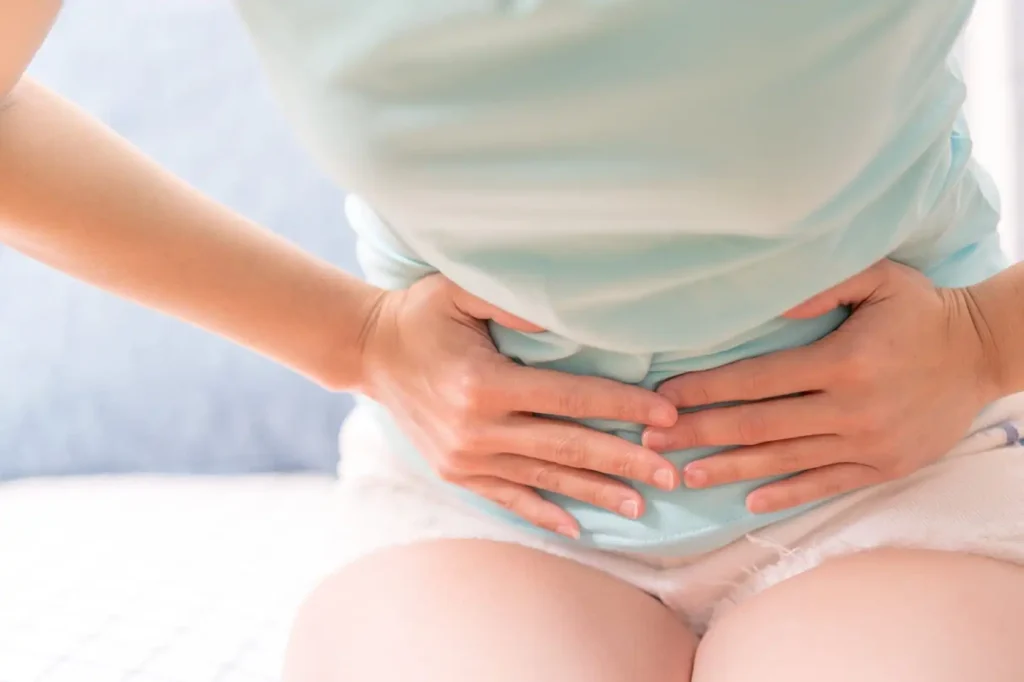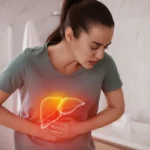You’ll also learn self-care tips, warning signs, and ways to prevent long-term complications like infertility. Written with a medical-experience approach, this resource helps you act fast and recover fully. Ideal for women seeking reliable, easy-to-understand, and medically accurate advice.
Introduction to How to Treat Pelvic Inflammatory Disease:
Pelvic Inflammatory Disease (PID) is a serious infection of a woman’s reproductive organs, often caused by untreated sexually transmitted infections (STIs) like chlamydia or gonorrhea. Left untreated, it can lead to chronic pelvic pain, infertility, or even life-threatening complications. As someone who has worked closely with gynecologists and seen real patient recovery journeys, I can assure you early diagnosis and proper treatment are key to preventing long-term damage.
Many women feel embarrassed or delay getting help, but PID is far more common than most think, and it is treatable. Whether you’re dealing with a recent diagnosis or learning to prevent it, this guide will walk you through proven medical treatments, self-care tips, and when to seek urgent help. By the end, you’ll feel confident about the steps you need to take for a full recovery.
No, untreated PID can cause permanent reproductive damage. Prompt antibiotics are necessary.
Understanding Pelvic Inflammatory Disease:
PID occurs when bacteria travel from the vagina or cervix up into the uterus, fallopian tubes, or ovaries. The most common culprits are sexually transmitted bacteria, but sometimes non-STI bacteria can also cause infection after childbirth, miscarriage, or certain medical procedures.
The infection leads to inflammation and scarring of the reproductive organs, which can cause pelvic pain, irregular bleeding, and fever. Early-stage PID may have mild symptoms sometimes just dull cramps but damage can still occur silently. That’s why seeking prompt treatment is crucial even if you “don’t feel that bad.”

Medical Treatments for PID:
The cornerstone of PID treatment is antibiotics prescribed by a healthcare professional. Usually, doctors prescribe a combination of oral and sometimes injectable antibiotics to target a broad range of bacteria. Commonly used combinations include doxycycline, metronidazole, and ceftriaxone.
- Complete the full course: Even if symptoms improve quickly, stopping antibiotics early can cause the infection to return stronger.
- Hospitalization: In severe cases (high fever, vomiting, or suspected abscess), IV antibiotics and observation may be needed.
- Partner treatment: Sexual partners should also be tested and treated to prevent reinfection.
Self-Care and Home Support During Treatment:
While antibiotics handle the infection, home care can make recovery smoother.
- Rest: Give your body time to heal and avoid strenuous activities for a few days.
- Pain relief: Over-the-counter painkillers like ibuprofen can reduce cramps and fever.
- Hydration & nutrition: Drink plenty of water and eat nutrient-rich foods to support immune function.
- Avoid sexual activity until your doctor confirms the infection is gone.
Follow-Up Care to Prevent Long-Term Complications:
Even after completing antibiotics, follow-up visits are vital. Your doctor may re-examine you after 48–72 hours to ensure symptoms are improving. In some cases, imaging like ultrasound may be used to check for abscesses or scarring.
Neglecting follow-up care can lead to chronic pelvic pain, infertility, or ectopic pregnancy. If symptoms persist, additional treatment or surgery may be required. Prevention moving forward means regular STI screening, safe sex practices, and prompt medical care for any pelvic symptoms.
When to Seek Urgent Medical Help:
Seek emergency care if you have. These may signal advanced PID or related complications needing urgent intervention.
- Severe lower abdominal pain
- High fever (above 101°F / 38.3°C)
- Vomiting preventing you from taking medications
- Fainting, dizziness, or rapid heartbeat
FAQ
Most frequent questions and answers
No, untreated PID can cause permanent reproductive damage. Prompt antibiotics are necessary.
Most women start feeling better within 2–3 days, but full recovery takes completing the 14-day antibiotic course.
Yes, reinfection is possible if partners are untreated or unsafe sex practices continue.
Conclusion:
Knowing how to treat pelvic inflammatory disease can protect your long-term reproductive health and prevent serious complications. The key is to start prescribed antibiotics quickly, complete the full course, and follow up with your doctor. Combine medical care with rest, hydration, and safe sex practices to support recovery and reduce the risk of reinfection. Remember, PID is highly treatable when addressed early, so don’t delay seeking help if you notice symptoms your health and future fertility depend on it.








